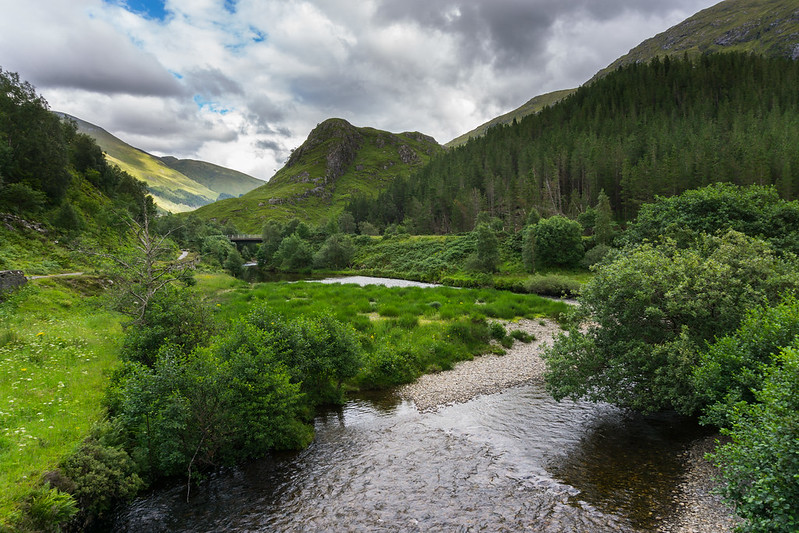A new study shows that the consideration of the economic value of natural capital is sorely lacking in cost-benefit analyses of climate policy regulations and greenhouse gas reduction efforts. What is natural capital and how can we better incorporate it into climate policy?
—
What is Natural Capital?
Natural capital can be defined as the world’s stocks of natural assets, which include geology, soil, air, water and all living things. From this natural capital, we receive a wide range of services, called ecosystem services, which keep us alive. Tangible benefits of this natural capital include erosion control, while intangible benefits include preserving forests. It is therefore in our best interest to consider this capital when formulating climate policies, but this is not being done sufficiently to ensure its protection.
The study, published in Nature Sustainability, shows that accounting for the economic value of nature has vast implications for climate policy and that the costs of the climate crisis could be partly alleviated by investing in natural capital.
Lead author Bernardo Bastien-Olvera, a Ph.D candidate in the UC Davis Geography Graduate Group, says, “If lost, such natural processes cannot easily be replaced or substituted. The associated economic costs of that loss are damaging in a way not currently represented in climate economic models or policy.”
While climate economic models typically incorporate two building blocks into the economy- human capital (labour) and manufactured capital (buildings and machines), the study adds a third building block-natural capital, which comprises the natural systems and healthy habitats for species.
Under plausible assumptions about how natural capital supports economic production and human welfare, damage to natural systems warrants rapid action. Most previous analysis has ignored the benefits of natural systems to welfare and their vulnerability to the climate crisis, which potentially misses a critical piece of climate damage.
You might also like: 11 Things That Happened at the UN Summit on Biodiversity
What is the Social Cost of Carbon?
Federal agencies in the US use the term “social cost of carbon” to represent the long-term damage done by a ton of CO2 in a given year. This metric is widely used in cost-benefit analyses of climate and energy policy. However, standard estimates only roughly account for ecological damages and do not fully account for the long-term costs of climate impacts on natural systems. The study concludes that the federal social cost of carbon is too low.
Bastien-Olvera says, “With this new framework, we are more aware of the need to limit emissions. We calculate the emissions pathway that maximises social welfare in the model. That pathway limits warming to 1.5 degrees Celsius by 2100, consistent with goals of the Paris Agreement. The clues keep leading us to the same conclusion—the need to urgently reduce emissions to limit warming.”
Featured image by: Flickr

















